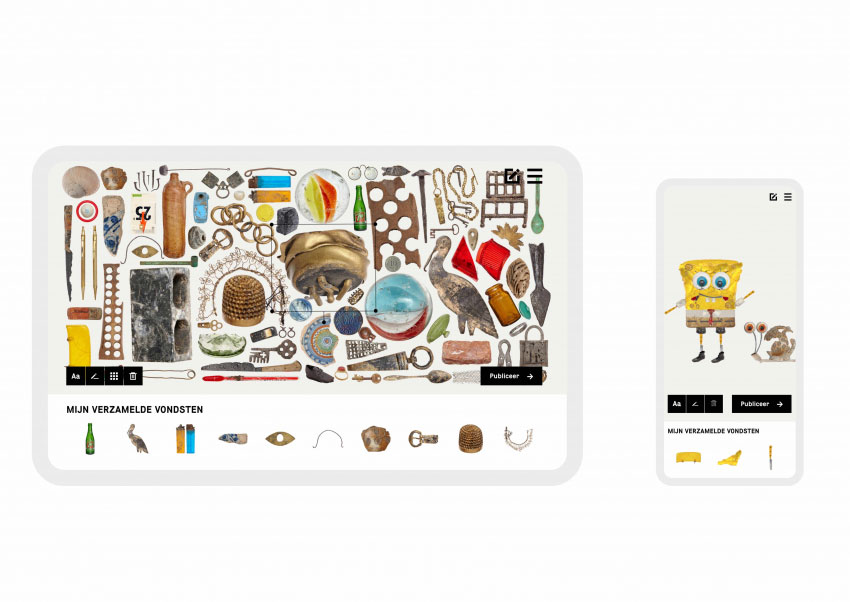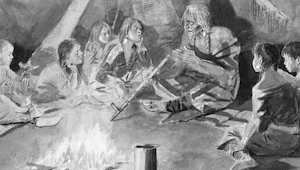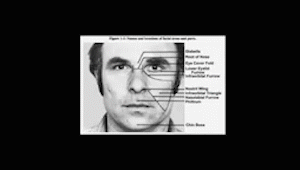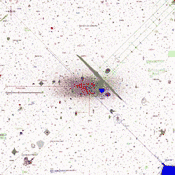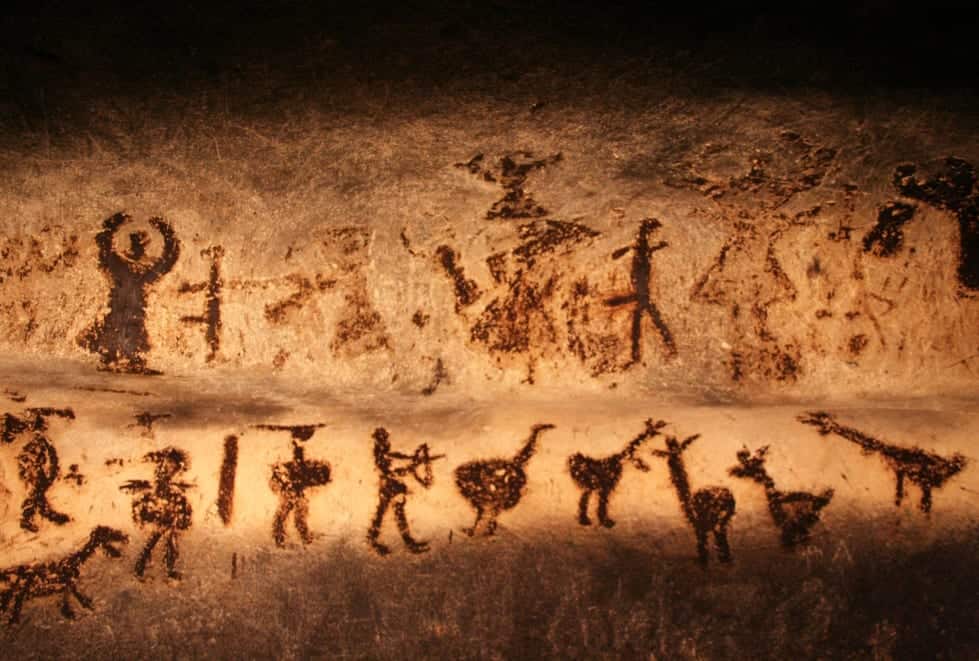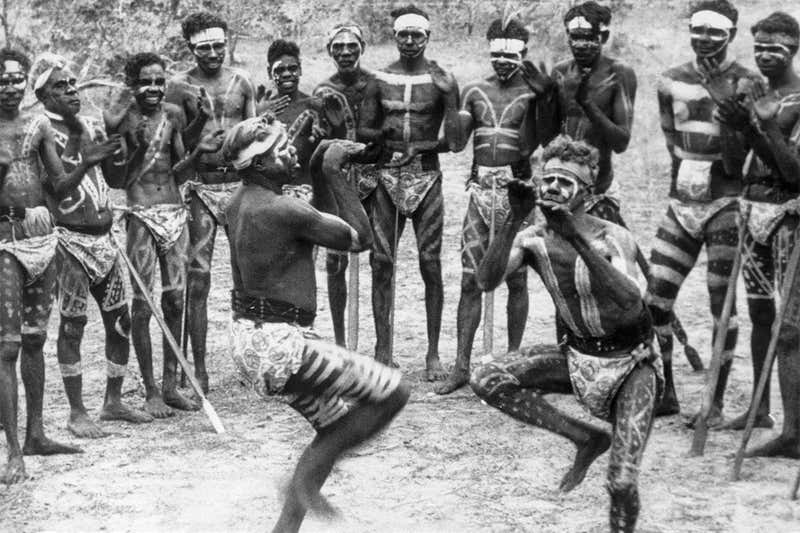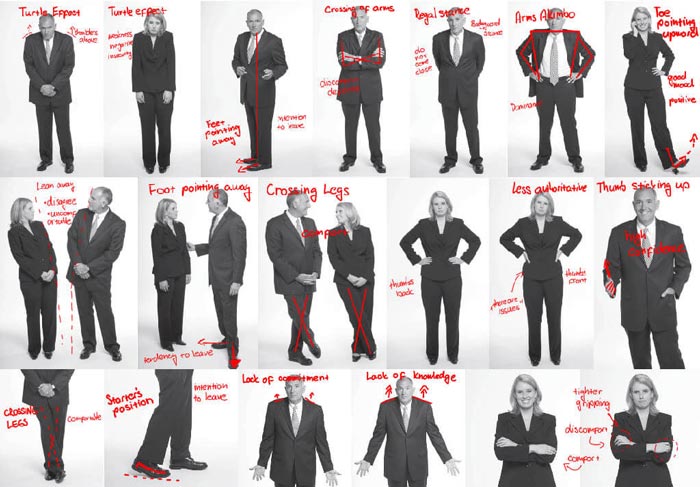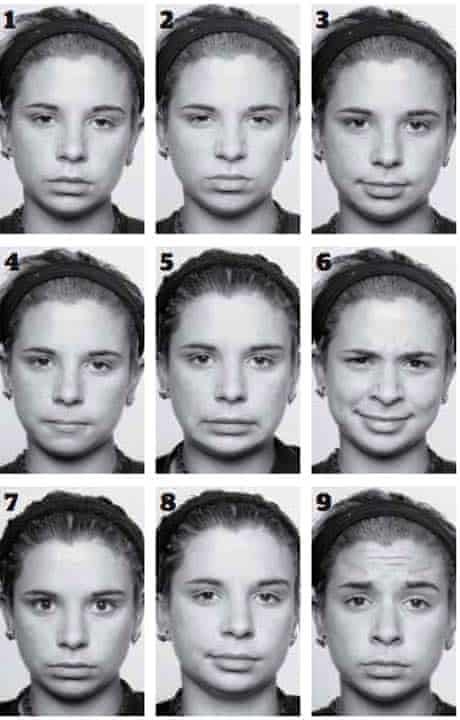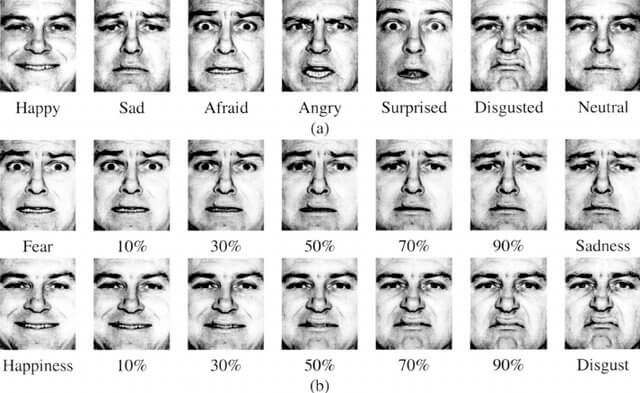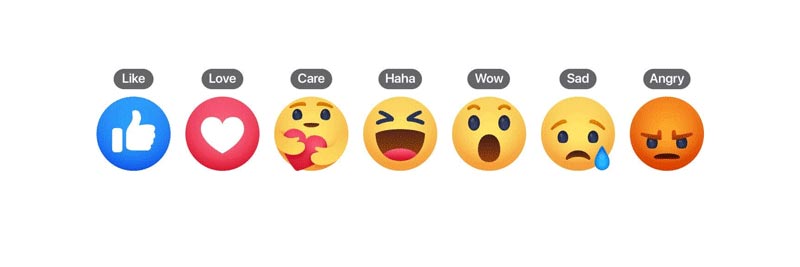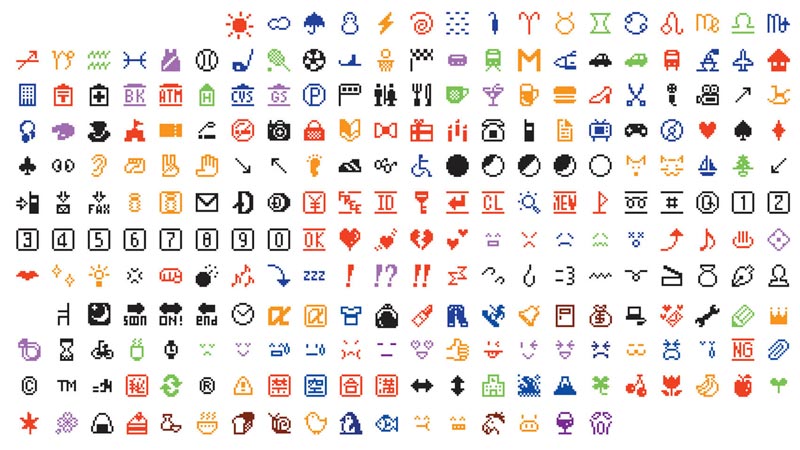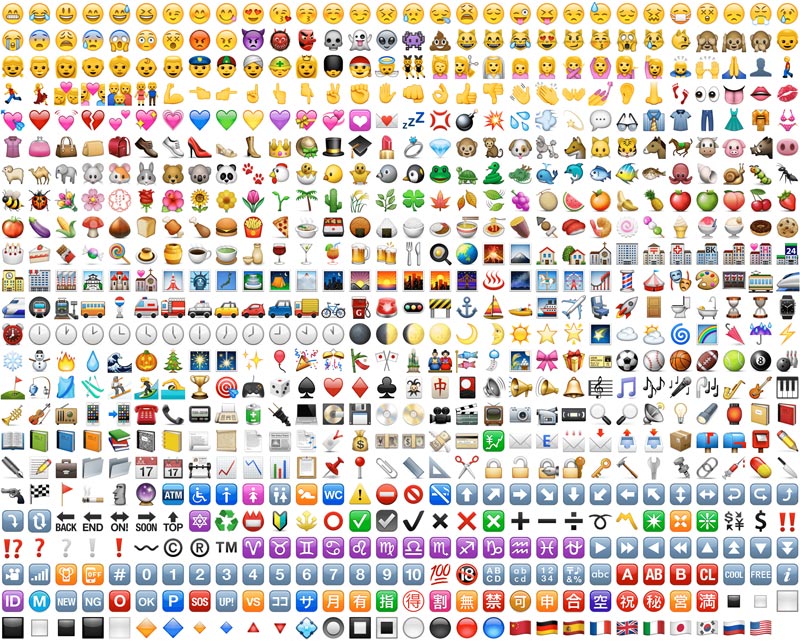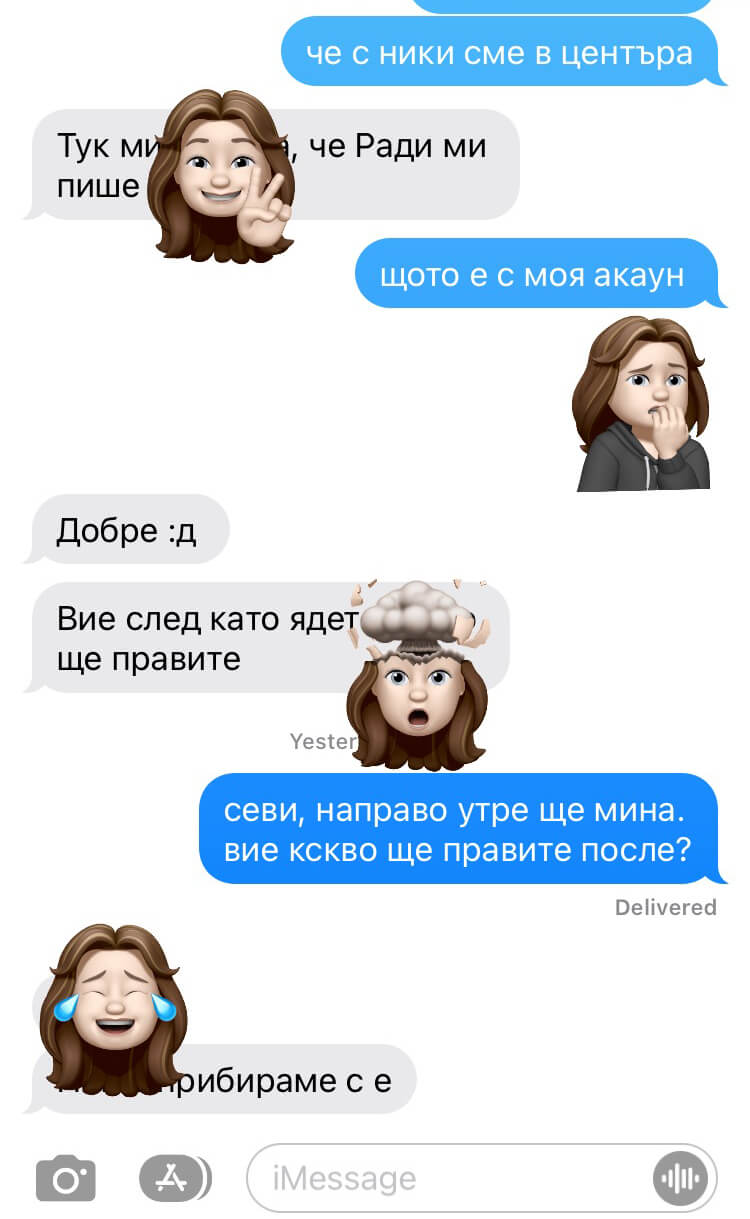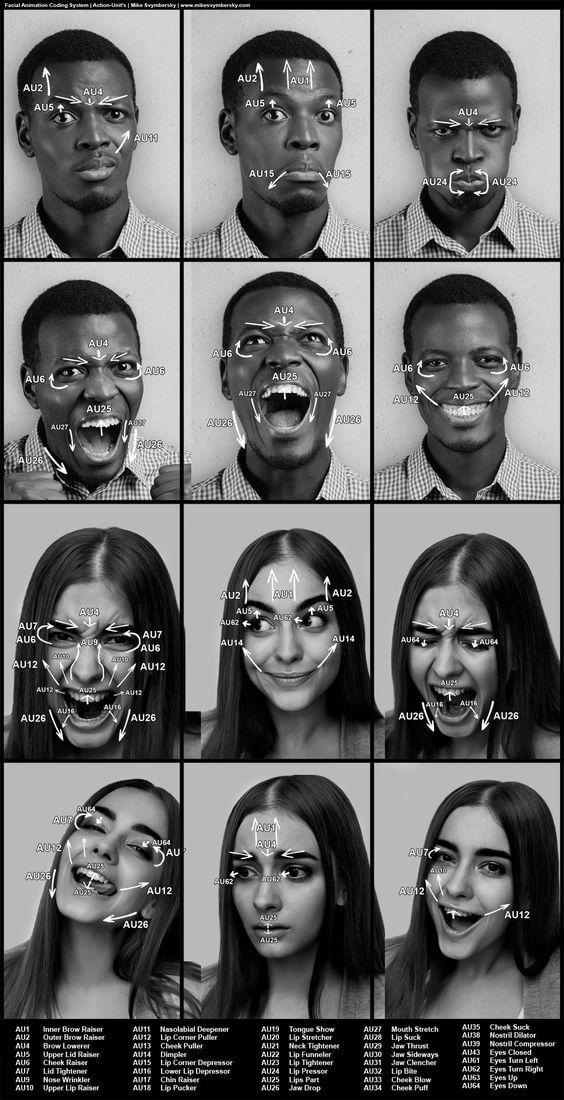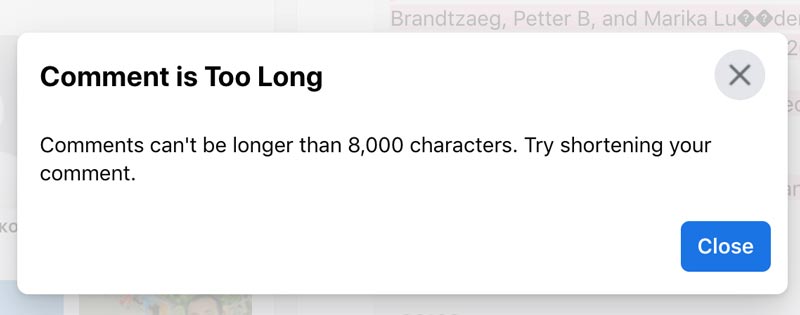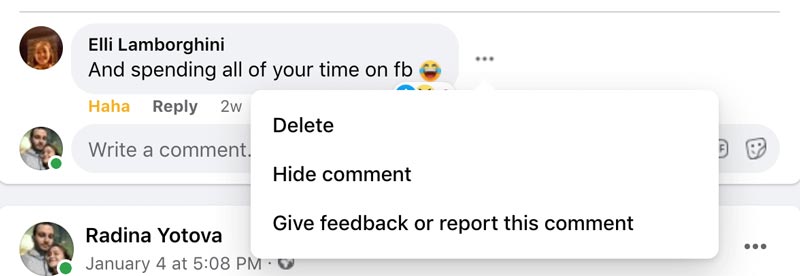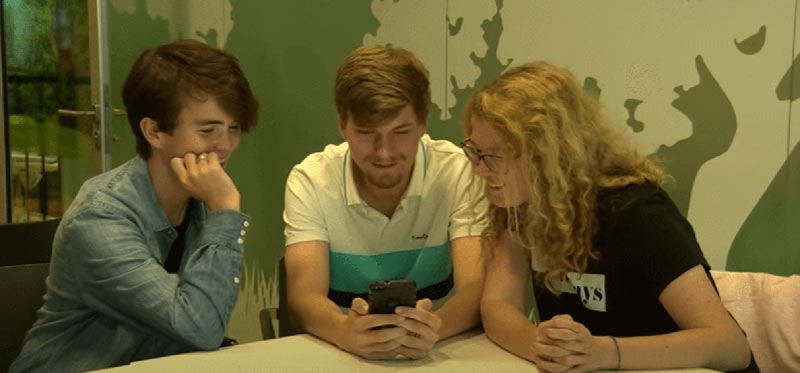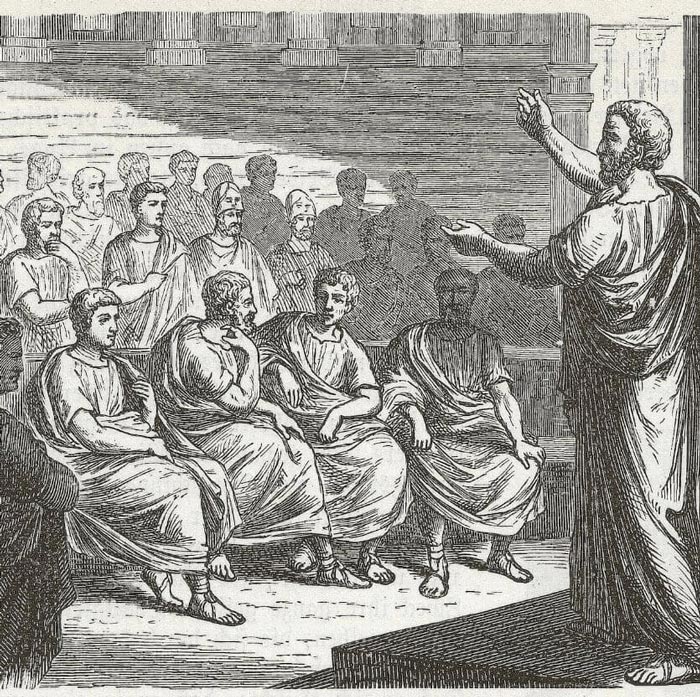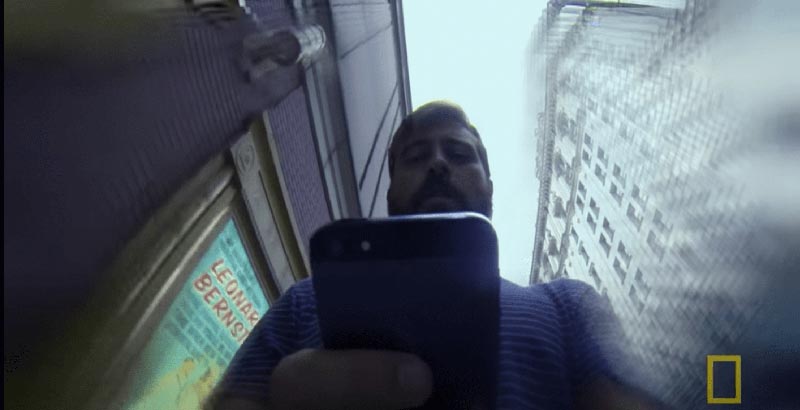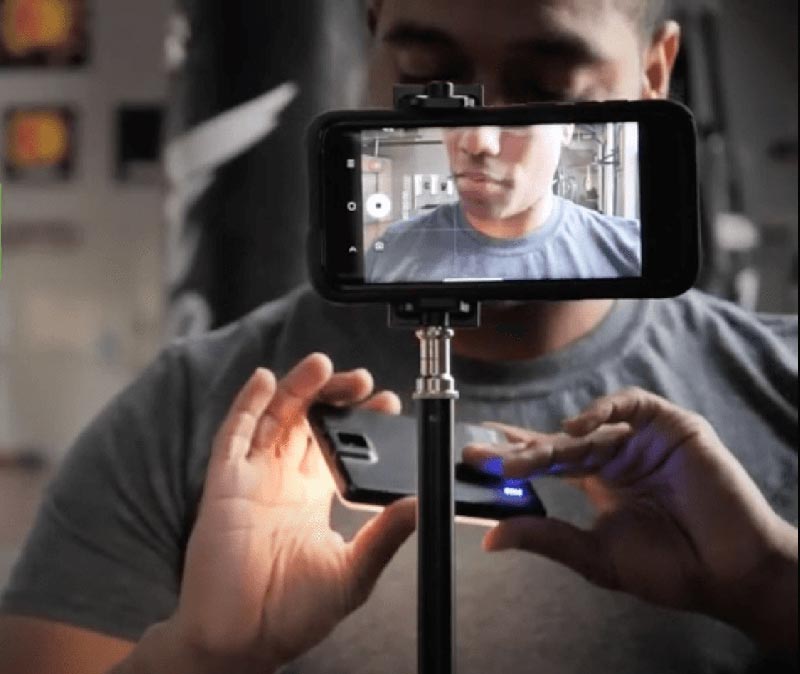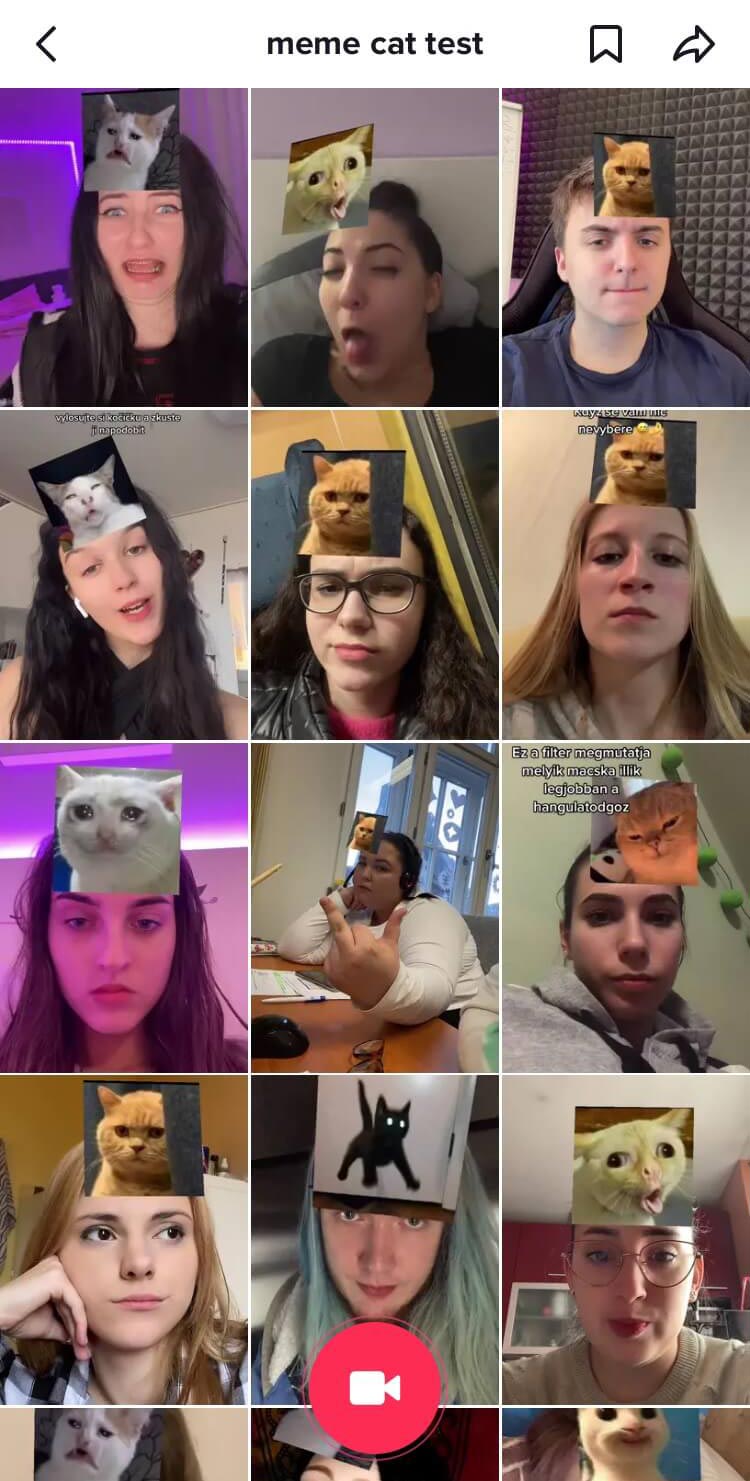Before The Beginning
Paul Pettitt and Paul Bahn (2015). An alternative chronology for the art of Chauvet cave. Antiquity,89, pp 542-553 doi:10.15184/aqy.2015.21
Anderson, K. E. (2010). Storytelling. In H. J. Birx (Ed.), 21st century anthropology: a reference handbook (pp. 277-286). Thousand Oaks, Calif.: SAGE Publications
Hodge, Felicia S, Anna Pasqua, Carol A. Marquez, and Betty Geishirt-Cantrell. "Utilizing Traditional Storytelling to Promote Wellness in American Indian Communities." Journal of Transcultural Nursing. 13.1 (2002): 6-11. Print.
Mendoza Melissa, The Evolution of Storytelling, May 1st, 2015, accessed on https://reporter.rit.edu/tech/evolution-storytelling
McLuhan, Marshall, and W T. Gordon. Understanding Media: The Extensions of Man. Berkeley, Calif: Gingko Press, 2015. Print.
Do You Speak Emoji?
Burgoon, Judee K, Valerie L. Manusov, and Laura K. Guerrero.Nonverbal Communication., 2022. Internet resource.
Phutela, Deepika, The Importance of Non-Verbal Communication (January 14, 2016). The IUP Journal of Soft Skills, Vol. IX, No. 4, December 2015, pp. 43-49, Available at SSRN: https://ssrn.com/abstract=2715432
Hargie, Owen. The Handbook of Communication Skills. Abingdon, Oxon: Routledge, 2019. Print. (Psychologist Paul Ekman and author Wallace V. Friesen and sociologist Erving Goffman)
Walther, Joseph B, and Lisa C. Tidwell. "Nonverbal Cues in Computer-mediated Communication, and the Effect of Chronemics on Relational Communication." Journal of Organizational Computing. 5.4 (1995): 355-378. Print.
Liang, Yuhua J, and Joseph B. Walther. "Computer Mediated Communication." (2015). Print.
Scott E. Fahlman, Professor Emeritus, Carnegie Mellon University, Language Technologies Institute & Computer Science Department, Pittsburgh, PA 15213, https://www.cs.cmu.edu/~sef/
Jibril, Tanimu A, and Mardziah H. Abdullah. "Relevance of Emoticons in Computer-Mediated Communication Contexts: An Overview." Asian Social Science. 9.4 (2013). Print.
Hack Reactor, July 15, 2021, The invention of emojis: A brief history, https://www.hackreactor.com/blog/the-invention-of-emojis-a-brief-history
Shevaughn Grant, 2020, The Birth of Emojis, https://gshevaughn.medium.com/the-birth-of-emojis-a744d8ade2a3
Facebook Official Webpage, Reactions
Participation Is Not Optional
Christian Meyer, University of Constance, Germany, Face-to-Face Communication, The International Encyclopedia of Communication Theory and Philosophy, Vol 4. Print.
Perez, A, M Carreiras, J.A Dunabeitia, M Carreiras, and M Carreiras. "Brain-to-brain Entrainment: Eeg Interbrain Synchronization While Speaking and Listening." Scientific Reports. 7.1 (2017). Print.
Mechant, Peter, and Marez L. De. "Studying Web 2.0 Interactivity: A Research Framework and Two Case Studies." International Journal of Interactive Communication Systems and Technologies. 2.2 (2012): 1-18. Print.
Social Media as Participatory Culture, Sagorika Singha
Behind the Comments Section: the Ethics of Digital Native News Discussions. Cogitatio, 2020. Archival material.
Christine Larabie, Participatory Culture and the Hidden Costs of Sharing, 26 April 2011
Now You See Me
Bell, Allan. “Language Style as Audience Design.” Language in Society, vol. 13, no. 2, Cambridge University Press, 1984, pp. 145–204, http://www.jstor.org/stable/4167516
Agenda 2000: Communication: Language As an Implementational Device for Cognition. , 2000. Internet resource.
Loh, Jennifer M. I, and Michael J. Walsh. "Social Media Context Collapse: the Consequential Differences between Context Collusion Versus Context Collision." Social Media + Society. 7.3 (2021). Print.
Rogers, SL, N Fay, and M Maybery. "Audience Design Through Social Interaction During Group Discussion." Plos One. 8.2 (2013). Print.
Brandtzaeg, Petter B, and Marika Luders. Time Collapse in Social Media: Extending the Context Collapse. , 2018. Internet resource.
Does Context Really Collapse in Social Media Interaction?, 2018. Internet resource.
2017, Istvan Zsigmond (ed.): New Media and Society Researches in the Hungarian Environment
Before The Beginning
Magura Cave, The Power of Well Told Stories, https://storytelling.bg/
Aboriginal oral traditions incorporate song and dance, Edge of Memory: Distrusting oral tradition may make us more ignorant, https://www.newscientist.com/article/mg23931932-900-edge-of-memory-distrusting-oral-tradition-may-make-us-more-ignorant/
Snapchat face filters in use, Tajhma Snapchat, https://trah.site/porn/Tajhma-Snapchat.html
Zoom video platform, Archives of American Art Pandemic Oral History Project, https://www.gothamcenter.org/covidnyc-blog-page/archives-of-american-art-pandemic-oral-history-project
Do You Speak Emoji?
"What Every BODY is Saying: An Ex-FBI Agent's Guide to Speed-Reading People" by Joe Navarro, http://bryoncaldwell.blogspot.com/2016/03/the-power-of-nonverbal-communications.html
"What Every BODY is Saying: An Ex-FBI Agent's Guide to Speed-Reading People" by Joe Navarro, http://bryoncaldwell.blogspot.com/2016/03/the-power-of-nonverbal-communications.html
"What Every BODY is Saying: An Ex-FBI Agent's Guide to Speed-Reading People" by Joe Navarro, http://bryoncaldwell.blogspot.com/2016/03/the-power-of-nonverbal-communications.html
"Micro Expression Test" by Doctor Paul Ekman, Can You Decode These Emotions?, https://www.theguardian.com/lifeandstyle/2009/mar/07/health-and-wellbeing-psychology1
Scott Fahlman - the guy who created the first emoticon, Meet Scott Fahlman, the Guy Who Created the First Emoticon, https://theculturetrip.com/north-america/usa/pennsylvania/articles/meet-scott-fahlman-the-guy-who-created-the-first-emoticon/
Example prototypical expressions of six basic emotions in Ekman and Friesen’s POFA (1976), EMPATH: A Neural Network that Categorizes, Research Gate
Facebook reaction button, Should You Be Using Emojis in Your Facebook Ads?, https://madgicx.com/should-you-be-using-emojis-in-your-facebook-ads/
The first set of emoji, comprised of 176 universal icons, World Emoji Day, https://create.piktochart.com/embed/31432002-new-piktochart
iOS Emoji Set 2011, Make Your Iphone Smarter , https://www.thesun.co.uk/news/1742311/when-does-ios-10-come-out-in-the-uk-how-do-i-download-it-and-what-are-the-features
iOs iMessages Customised Memoji Avatar Screenshot, Personal Archive
FACS action unit exercises from Scott Eaton's class, ARTSTATION, https://www.artstation.com/artwork/23z9e
iOs iMessages Customised Memoji Avatar Screenshot, Personal Archive
Participation Is Not Optional
Plato surrounded by students in his Academy in Athens, Grece et Rome antique, https://academy.artexplora.org/les-cours/grece-et-rome-antique/
Co-present Interaction, People Walking on the Street Free Image, https://pixy.org/95956/
Young adults at a party using their phones individually, Green Light Stage of The Tech Happy Life, Dr. Mike Brooks, https://www.drmikebrooks.com/green-light-stage-of-the-tech-happy-life/
Facebook Comment Section Screenshot, Personal Archive
Facebook Comment Character Limitation Screenshot, Personal Archive
Facebook Comment Options Screenshot, Personal Archive
Facebook Automatic Comment Censorship Screenshot, Personal Archive
Now You See Me
A theatrical performance, Writing. Process of combining the word in such way that it should give a correct meaning regarding the context, https://sjgkarthi.medium.com/writing-822b6a46586f
Different Type of Audience, Are you addicted to your phone?, https://www.youtube.com/watch?v=6_SUFvY80G4
Public Speech of Demosthenes, Comparing and Contrasting Ancient Greece and Ancient Rome, https://www.thoughtco.com/comparisons-ancient-greece-and-ancient-rome-118635
Influencer in his room 2021, The Ultimate Luke Davidson Quiz!, https://www.beano.com/posts/the-ultimate-luke-davidson-quiz
Mediated Audience, Walking While Texting / Crowd Control, National Geographic, https://www.youtube.com/watch?v=tm2lfv3_ELc
Bloger preparing his set-up for shooting, The Influencer - 60 LEDs Compact Video Light Product Video, https://www.youtube.com/watch?v=w_EnOkEj6Xg&list=LL&index=53
Instagram Story 'Views' Section Screenshot, Personal Archive
Facebook Newsfeed Screenshot, Personal Archive
Long Story Short
Screenshot of #Storytelling Time on Tiktok App, Personal Archive
Screenshot of Bizarre Face Filter Trend on Tiktok, Personal Archive
Pop-ups
Long Story Short, Research Abstract, Radina Yotova 2022
Archaeological findings in Amsterdam, Below the Surface, https://belowthesurface.amsterdam/en/pagina/de-rokin-vitrines
Visual essay about the dynamic between the speaker and their listeners, Radina Yotova 2022
God so loved the world (Choir of Clare College, Cambridge; Graham Ross), https://www.youtube.com/watch?v=ob_QVV1UFdc
Dr. Ekman Explains Facial Action Coding System (FACS), https://www.youtube.com/watch?v=ZMlN2sJAThA&t=3s
'Go Rando Chrome extension' by Ben Grosser, https://bengrosser.com/projects/go-rando/
iOs iMessages Customised Memoji Avatar FACS exercise, Personal Archive
Fig from Brain-to-Brain Synchrony during Naturalistic Social Interactions, https://www.nature.com/articles/s41598-017-17339-5
Reddit Place (/r/place) - FULL 72h (90fps) TIMELAPSE, https://www.youtube.com/watch?v=XnRCZK3KjUY
Facebook Group Admins Can Now Pin Comments to Focus Discussion, https://www.socialmediatoday.com/news/facebook-group-admins-can-now-pin-comments-to-focus-discussion/530737/
Language Style as Audience Design, Allan Bell, https://web.stanford.edu/~eckert/PDF/bell1984.pdf
Since You Were Born (2019), Evan Roth, MOCA Jacksonville, Florida, http://www.evan-roth.com/work/since-you-were-born-2019/
Instagram 'Story' section, Personal Archive
Follow me on Tiktok @longstoryshortbro, THANKS! https://www.tiktok.com/@longstoryshortbro?lang=en

